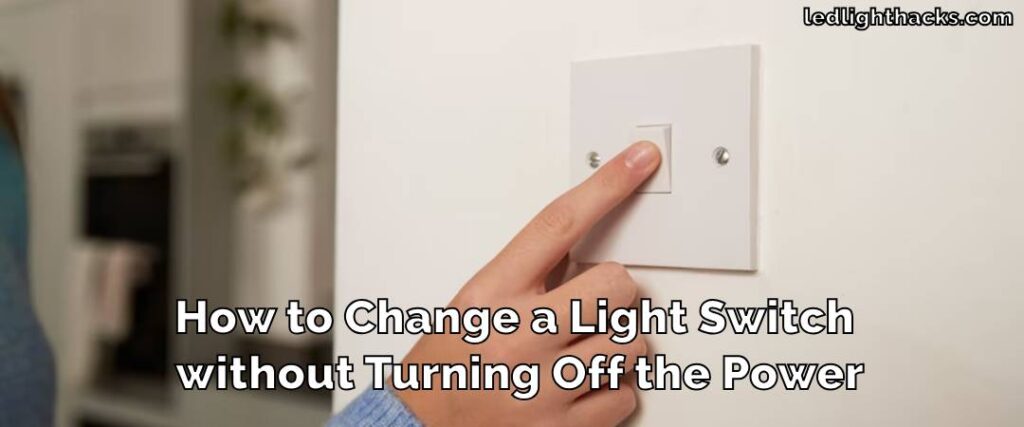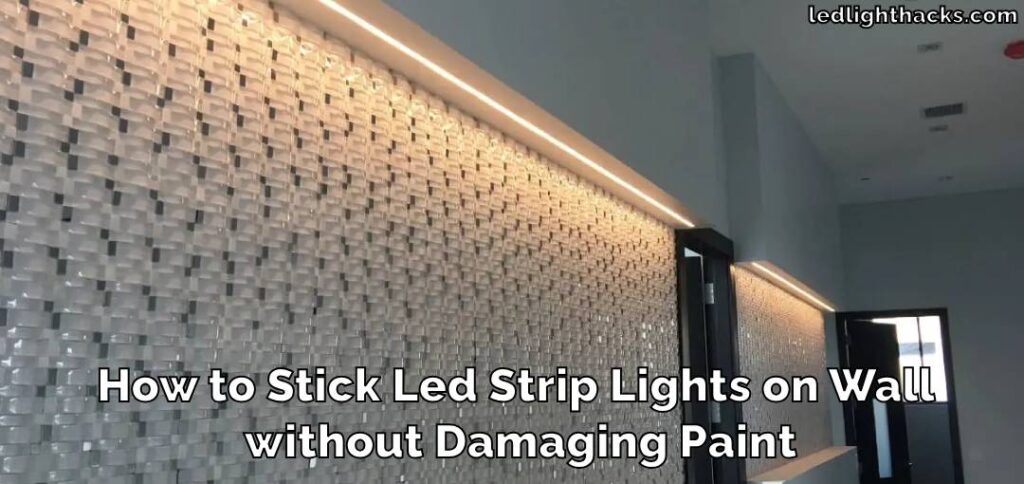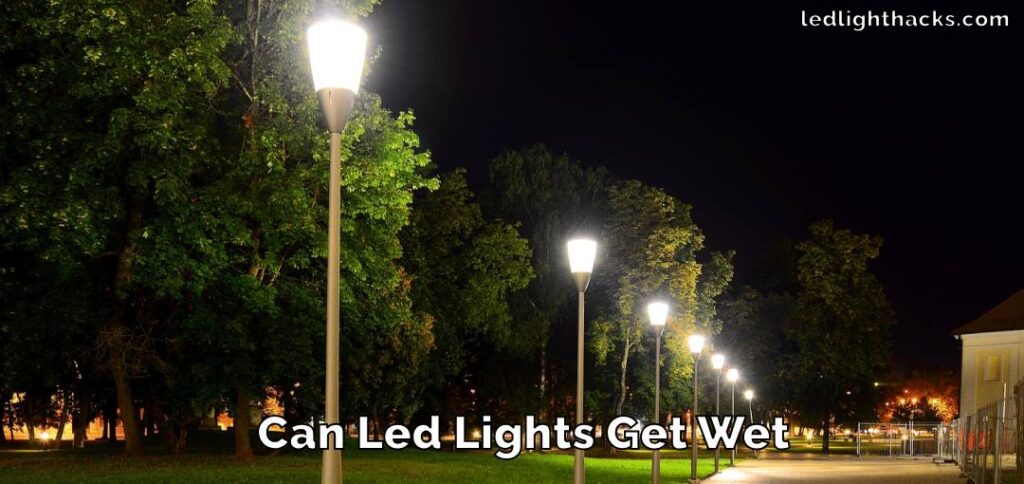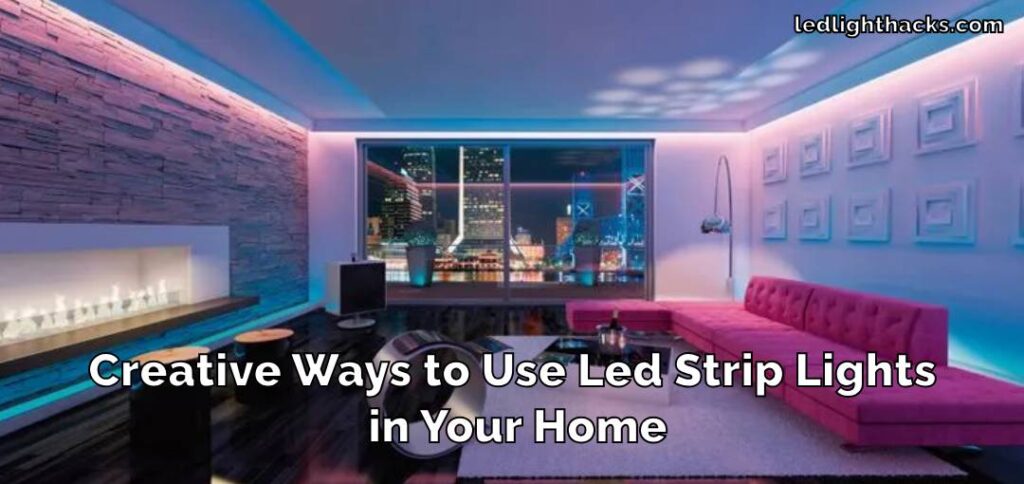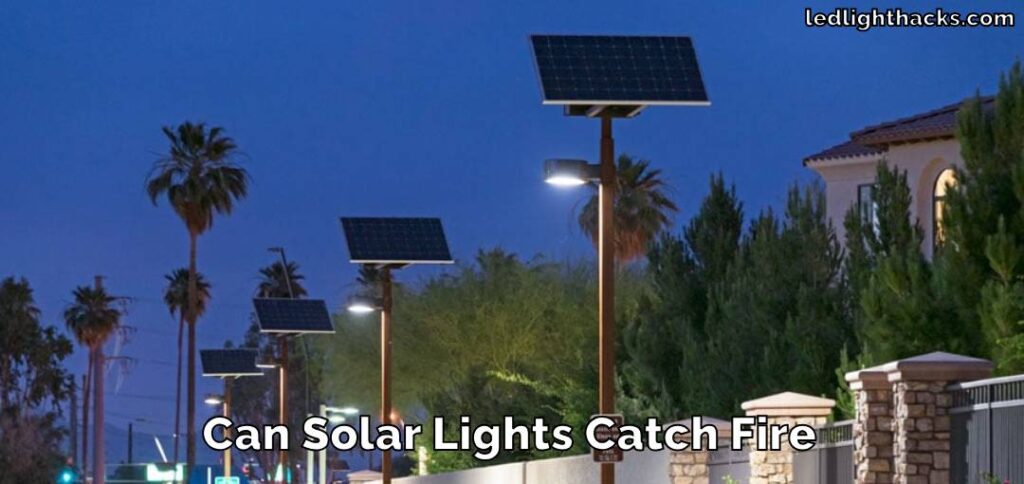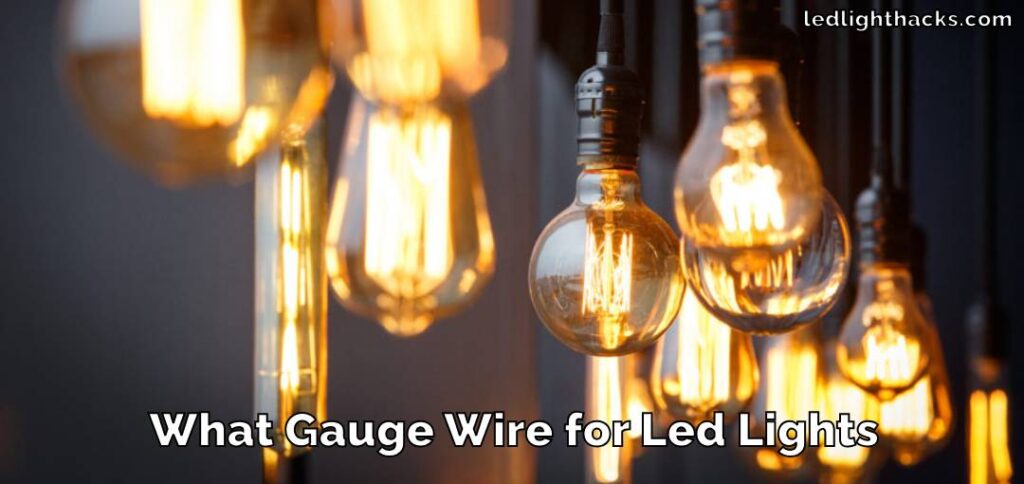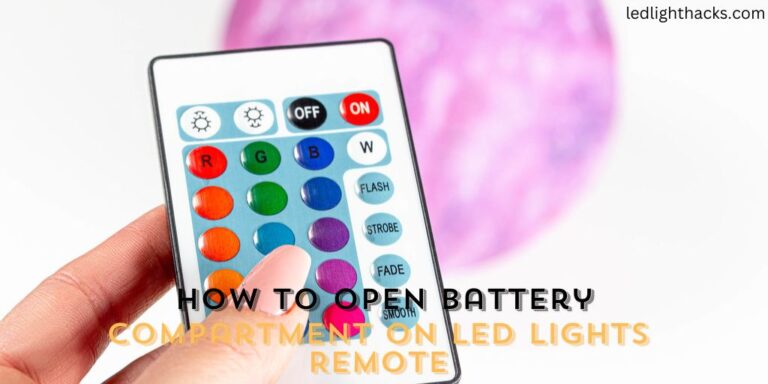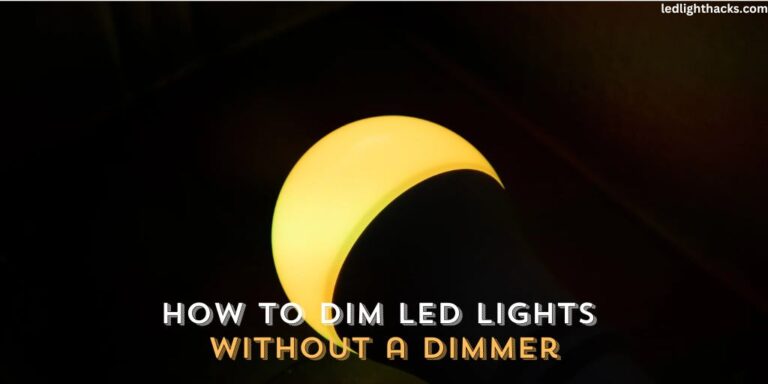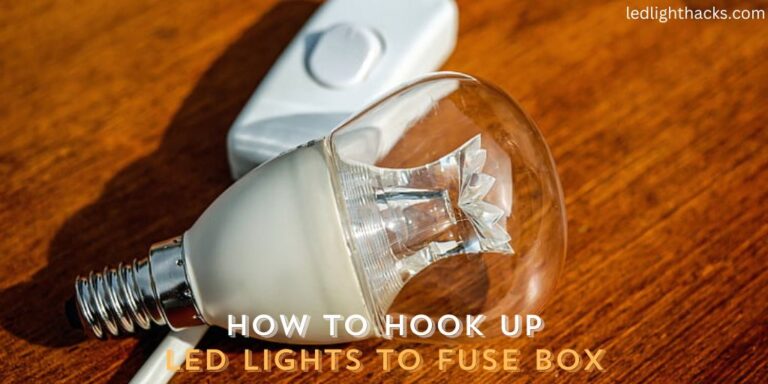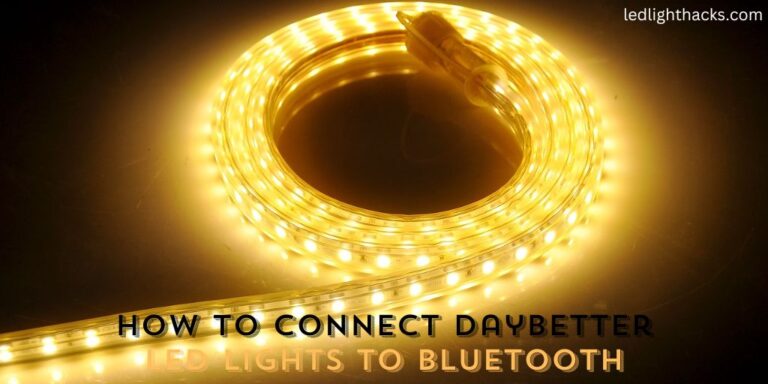How Many Feet Of LED Strip Lights Do I Need For My Room
Lighting is super important when you’re setting up a room. It can really change how the room feels. LED strip lights are a favorite because they’re easy to use and you can do a lot with them. A question that comes up a lot is How Many Feet Of LED Strip Lights Do I Need For My Room?
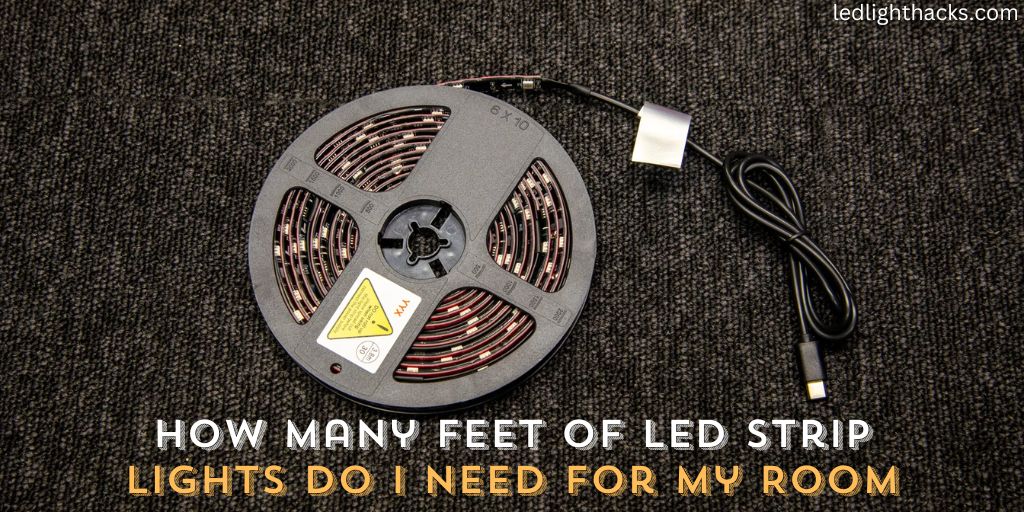
In this article, we’re going to help you figure that out. We’ll talk about what you need to think about, like how big your room is and the kind of vibe you’re going for with your lights. We’ll also give you some pointers on how to put them up and remind you to stay safe while you’re doing it.
Whether you want to make your bedroom cozy or your living room more welcoming, knowing the right amount of LED strip lights to use is key. We’re here to make it easy for you to get your lighting just right.
Understanding LED Strip Lengths
LED strip lights, known for their flexibility and ease of use, are available in a variety of lengths to suit different lighting needs.
These lengths typically range from shorter strips ideal for accentuating specific areas or objects to longer ones designed for providing ample light across an entire room. Commonly, you’ll find LED strips in lengths of 5, 10, 16, 32, and even up to 100 feet on the market.
The choice of length depends largely on the specific space you’re looking to illuminate.
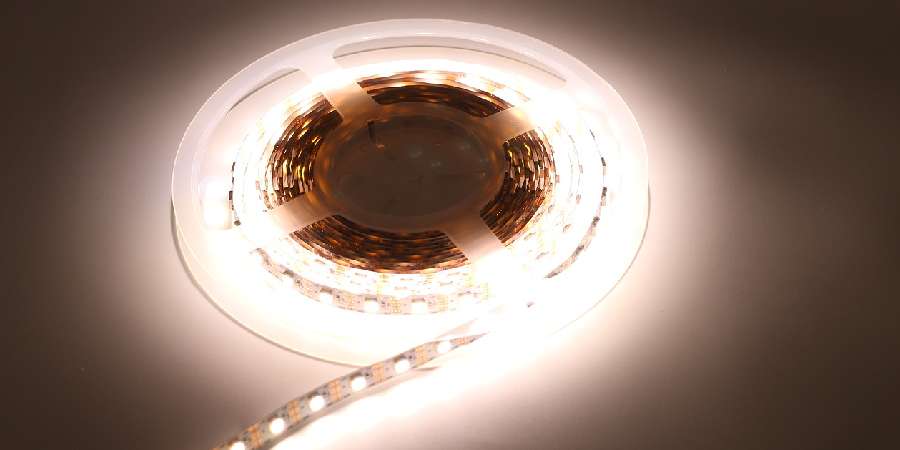
For instance, a short 5-foot strip might be perfect for highlighting a piece of art or a bookshelf, while longer strips of 32 or 100 feet could be better suited for wrapping around the entire perimeter of a larger room for a more uniform and extensive lighting effect.
It’s also important to consider the level of brightness you need – a cozy, dim glow for a bedroom might require less length than a brightly lit kitchen or workspace.
Additionally, understanding the layout of your room, including where you’ll place these lights (like along the ceiling edges, behind a TV, or under kitchen cabinets), will help you determine the best length to choose.
How Many Feet Of LED Strip Lights Do I Need For My Room?
When you’re thinking about how many feet of LED strip lights you need for your room, it’s not just about picking a number out of thin air. You’ve got to consider a few important things to make sure the lighting matches what you need and want for your space.
Room Size and Layout
Start by measuring your room. Get the length and width to figure out the total area you’re working with. Where do you want to put the lights? Around the ceiling, under furniture, or along the walls? Your room’s shape and any special features like nooks or high ceilings will affect how much light you’ll need.
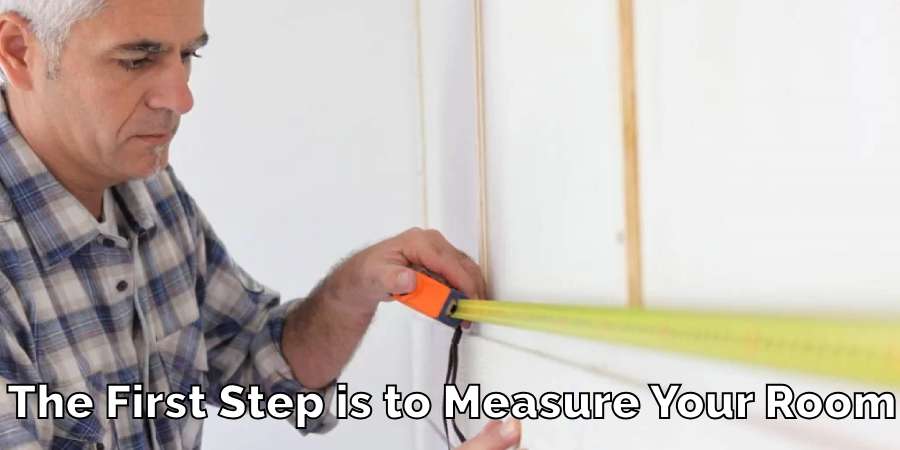
Purpose of Lighting
What’s the goal with these lights? Looking for a gentle all-over glow (ambient lighting), something brighter for reading or cooking (task lighting), or lights to show off art or plants (accent lighting)?
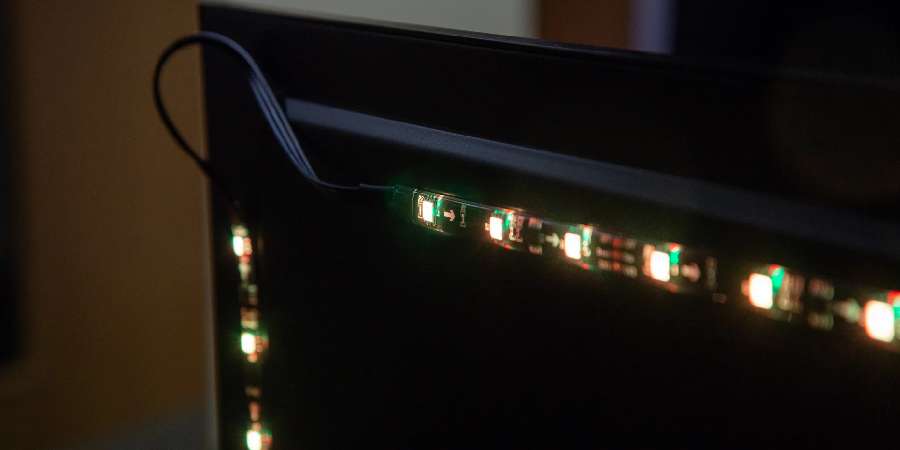
For a room-filling glow, you’ll likely need longer strips. For spotlighting specific spots, shorter strips will do the job.
Brightness and LED Density
Brightness is measured in lumens per foot. More lumens mean a brighter light. Also, look at how many LEDs are packed into each foot of the strip. More LEDs close together means smoother, more consistent light without dark spots.
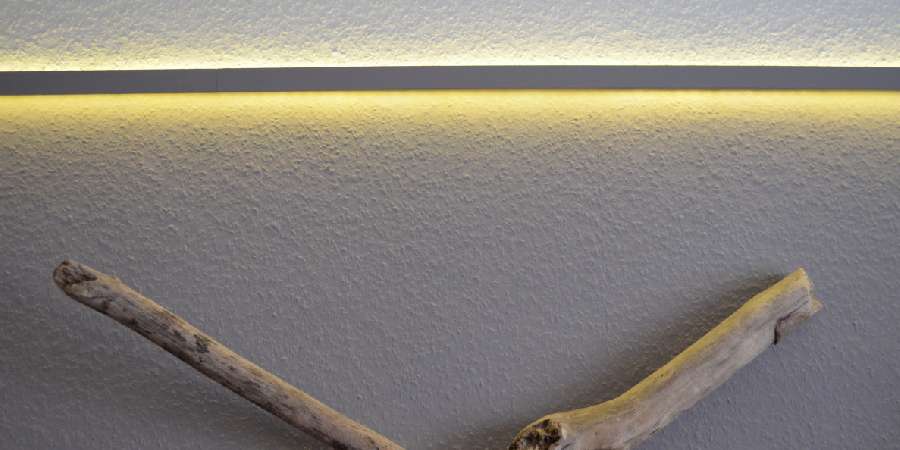
If you need your room to be really bright, like a kitchen or a study, aim for higher lumens and LED density.
Power Supply and Voltage
Make sure your power supply can handle the length of LED strips you’re planning to use. Longer strips could need more power, and sometimes you might need extra power sources to keep things safe and avoid overloading your electrical system.
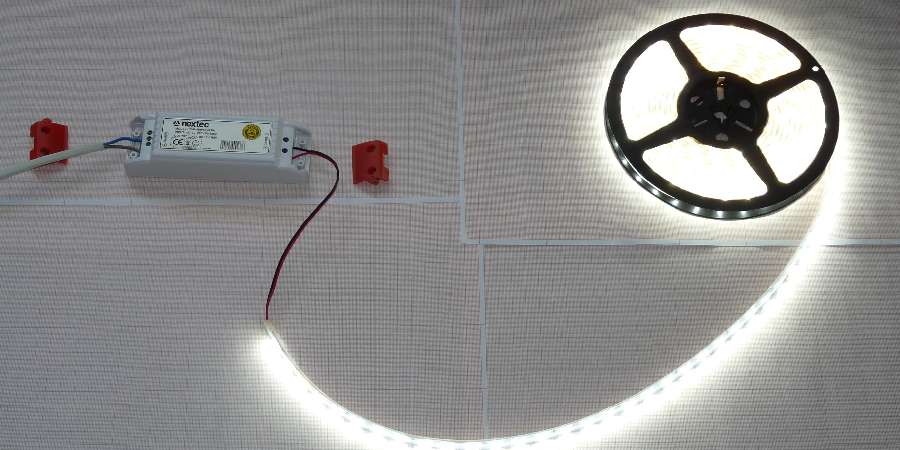
Color and Effects
Planning on colorful or RGB LED strips? They might have different needs than single-color strips. Think about whether you want simple lighting or something with changing colors and effects.
Installation Stuff
Putting up LED strip lights is more than just sticking them on a wall. Think about how you’ll manage the wiring and if you need extra bits like connectors or extensions. The surface you’re sticking the lights to matters as well—some materials hold adhesive better.
Your Style
Your own taste is a big factor, too. Some folks like their rooms super bright, while others prefer a softer look. Check out different setups online for ideas and think about what vibe you want for your room.
There’s no single answer for how many feet of LED strip lights you need. It’s about measuring your space, figuring out what you want the lights to do, and matching it with your style. With these tips, you can light up your room just the way you like.
Factors Influencing LED Strip Length Needs
When planning your LED strip lighting, it’s important to look beyond just the size of your room. The characteristics of your room can greatly affect how much lighting you will need:
Wall Texture and Color
The color and texture of your walls play a significant role in how light reflects and fills your space. Lighter-colored walls, especially those with a smooth finish, are better at reflecting light.
This means you might not need as many LED strips to brighten the room as you would with darker or textured walls. So, consider the color scheme of your room – a room with light, plain walls will generally require fewer LED lights compared to one with dark, patterned walls.
Furniture and Fixtures
The furniture and other items in your room also impact the spread and effectiveness of your LED lighting. Large pieces of furniture, like wardrobes, bookshelves, or big sofas, can block or absorb light, creating shadowy areas.
This might mean you need extra lighting to ensure the room is evenly lit. Additionally, the color and material of your furniture can influence this too – darker, more absorbent surfaces will likely necessitate more lighting.
By considering these factors, you can get a clearer idea of how many feet of LED strip lights will be optimal for your room.
It’s about creating a balance between the natural and artificial light sources, the room’s color palette, and the placement of furniture and fixtures to achieve the perfect lighting ambiance.
Safety Considerations
When installing LED strip lights, it’s crucial to prioritize electrical safety to prevent any potential hazards. Here are some key points to keep in mind:
- Check the Power Supply: Before setting up your LED strips, make sure your power supply can handle the load. Each strip requires a certain amount of power, and overloading your electrical system can be dangerous. It’s a good idea to calculate the total power requirement of all the LED strips you plan to install and ensure your power source can support this without any issues.
- Proper Installation: Correctly installing LED strips is vital for both safety and functionality. This means making sure all connections are secure and that the strips are firmly attached to a suitable surface. Loose connections can lead to short circuits, which are a fire risk. If you’re unsure about how to install the strips safely, it might be worth getting help from someone who has experience or from a professional.
- Avoid Cutting or Altering Strips Improperly: While many LED strips can be cut to fit your space, it’s important to do this carefully. Cutting in the wrong place or modifying the strips incorrectly can damage them and create a safety risk. Always follow the manufacturer’s instructions when cutting or altering your LED strips.
- Keep Away from Water: Most LED strip lights are not waterproof unless specifically stated. Therefore, it’s important to avoid installing them near any source of water, like sinks, bathtubs, or areas prone to dampness. Water and electricity are a dangerous combination, so keeping your LED strips dry is essential.
- Check for Quality and Certifications: When buying LED strips, choose products from reputable manufacturers. Look for quality certifications that indicate the product meets safety standards. Cheaper, lower-quality options might not be as safe and could be more prone to electrical issues.
By keeping these safety considerations in mind, you can enjoy your LED strip lights without worry. Remember, taking a little extra time to ensure everything is set up safely can prevent potential problems in the future.
FAQ’s
How Much LED Light Do I Need for My Bedroom?
The amount of LED lighting you need for your bedroom depends on a few things. Firstly, consider the size of your bedroom. A larger bedroom will naturally require more lighting to fill the space evenly. Secondly, think about what kind of lighting effect you want. Do you prefer a bright, well-lit room, or are you looking for a softer, more relaxing ambiance? Generally, for an average-sized bedroom, a moderate length of LED strip lights can provide a pleasant and sufficient level of light. It’s a good idea to measure the dimensions of your room to get an estimate of the total length needed.
Is 16 Feet of LED Light Enough for a Room?
Sixteen feet of LED lights can be enough for a room, but it really depends on the specific room. In smaller to medium-sized rooms, like a typical bedroom or a small living room, 16 feet of LED strip lights can offer ample illumination.
However, if you have a larger room or if you want to cover more areas like around the ceiling, along the walls, or under furniture, you might need more than 16 feet.
Is 100 Feet of LED Light Enough for a Room?
A hundred feet of LED lights is quite a lot and is generally more than what most standard rooms need. This length is usually considered for larger spaces, such as big living rooms, and halls, or when you want to light multiple rooms with a single continuous strip.
If your space is exceptionally large or if you’re planning a complex lighting setup, then 100 feet might be appropriate. However, for most typical room sizes, a length of 100 feet could be excessive, leading to unnecessary brightness and potential wastage of LED strips.
How Do You Measure a Room for LED Strip Lights?
Measuring a room for LED strip lights is a straightforward process, but it’s important to be thorough to get the best results. Start by measuring the length and width of your room using a tape measure.
This gives you a basic idea of the space you’re working with. Next, think about where exactly you want to place the lights. Common places include around the ceiling, along the walls, or under furniture like beds or cabinets. Remember to measure these specific areas, not just the room’s overall dimensions.
Are LED Strip Lights Worth It?
Definitely! LED strip lights are a great choice for several reasons. Firstly, they’re energy-efficient, which means they can help save on electricity bills compared to traditional lighting.
Secondly, they’re incredibly versatile – you can use them for anything from creating a cozy ambiance in your bedroom to providing bright task lighting in your kitchen. They’re also available in various colors and can be dimmed to suit your mood or the time of day.
Conclusion
Choosing the right LED strip lights for your room is easy and fun. Just measure your room, decide how bright you want it, and think about the mood you’re aiming for. Remember to consider the color of your walls and where your furniture sits, and always keep safety in mind when installing.
LED strip lights are great for customizing your space to match your style. They can make your bedroom cozy or your living room vibrant. Don’t hesitate to experiment with different lengths and positions to find what looks best.
This chance to get creative and craft a space that’s both useful and beautiful. Have fun making a room that’s uniquely yours and enjoy the transformation that these lights bring. This article has explored how many feet of LED strip lights I need for my room.
How to Change a Light Switch without Turning Off the Power
Mastering the skill of changing a light switch without turning off the power holds great…
How To Stick LED Strip Lights On Wall Without Damaging Paint
LED light strips have surged in popularity, adorning homes and spaces with their vibrant colors…
Can Led Lights Get Wet
LED lights are everywhere, from homes to city streets, known for their efficiency and brightness….
Creative Ways to Use LED Strip Lights in Your Home
LED strip lights, those brilliant strips of technology, serve as a beacon of innovation in…
Can Solar Lights Catch Fire
Solar garden lights are your go-to pal for lighting up your backyard oasis while keeping…
What gauge wire for LED lights
When diving into LED lighting, one aspect that might not catch your eye at first…

